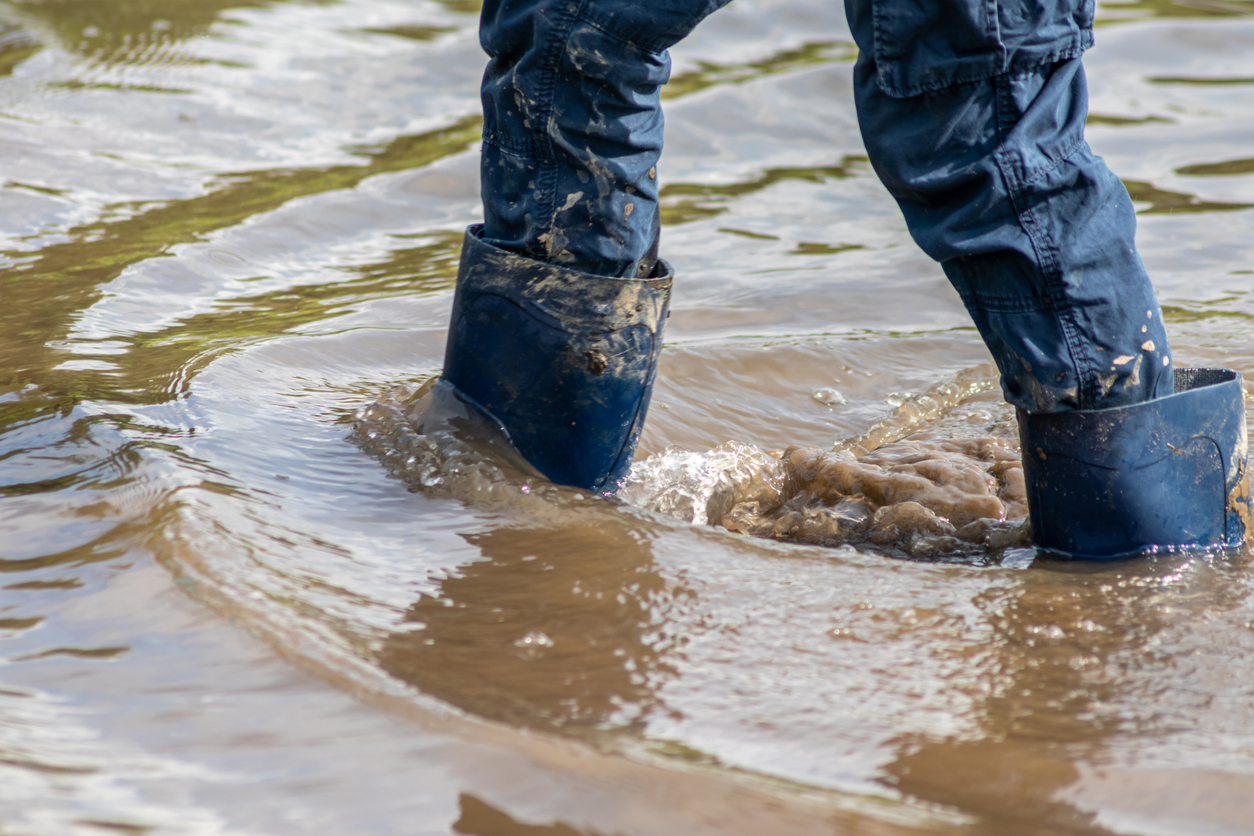
Preparing for a flood in your area is essential to preparing for the worst and knowing how to react in an emergency. While flooding is not an issue in all geographical areas, it is a significant problem in many low-lying areas and along the United States coastlines. All coastal areas in the country have shown an increase in flood measurements since the 1950s, with particular acceleration in East and Gulf coast locations. In addition to obtaining excess flood insurance, home and business owners in high-risk areas should take appropriate measures to protect their property in the event of a flood.
Flood Problems
When land that is typically dry experiences a temporary water overflow, the unexpected damage can be devastating. Additionally, floods can occur due to coastal storms, dam overflows, rain, snow, and storm surges. They may develop slowly over some time, or flash floods can occur without warning. Also, flooding often results in landslides, power outages, building damage, and transportation disruption.
Flood Preparation
Homeowners can take several steps to safeguard their property, but they must understand how to be prepared for a flood.
Know the Risk
Understand your property’s risk and ensure you are alerted in an emergency.
- FEMA provides a flood map service that marks areas at risk for flooding.
- Flood alerts are available through community warning systems, Weather Radio, Emergency Alert System (EAS), and National Oceanic and Atmospheric Administration (NOAA).
Purchase Excess Flood Insurance
Standard homeowner’s insurance does not include coverage for flood damage. However, if your property is in an area at risk for flooding, you should purchase excess flood insurance or renew your existing flood policy. Ensure this is accomplished well in advance, as policies usually require 30 days or more.
Prepare For Flooding
Most families create a general safety plan with their family for the unlikely event of a fire or even a severe weather emergency, such as a tornado. Also, making a plan for a flood is equally or even more critical, as flooding can accompany other extreme weather events and create additional scenarios requiring evacuation and survival steps.
- Ensure your entire family understands what to do, where to go, and what to take with you in case of flooding. You cannot forget your pets.
- Identify evacuation routes
- Create shelter plans
- Outline a response for flash flooding
- Identify appropriate supplies, including cleaning supplies, non-perishable foods, and water sufficient for multiple days
- Declutter all gutters and drains
- Store valuables at high levels
- Use a waterproof container to store important documents
- Create digital copies of important documents
- Consider using a battery-controlled sump pump in high-risk areas
Stay Safe
The following safety tips are essential to implement in safety plans in case of a flood.
- Evacuate when told
- Do not travel through flood waters
- Avoid bridges over high or fast-moving water
- Stay inside the vehicle or climb on the roof if you get trapped in fast-moving water
- If trapped inside a building, move to the highest level. Do not enter a closed attic; only go to the roof if necessary.
About Provident Protection
For more than 65 years, Provident Protection Plus has served the businesses and residents across several states nationwide. Today, we are a wholly-owned subsidiary of Provident Bank, the region’s premier banking institution. To learn more about our coverage options, contact our specialists today at (888) 990-0526.



